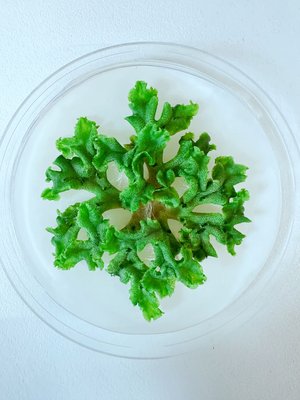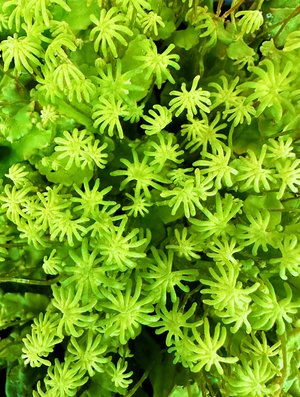Putting Evolution into Reverse

Life works through the interactions of the thousands of different proteins that exist in cells. These interactions are often highly specific, with specificity frequently being determined by the plasticity of 3-dimensional protein shape. For example, the growth of flowering plants (angiosperms) is promoted when a regulatory growth-repressing protein (known as DELLA) interacts with another protein (known as SLY1). This interaction depends on a change in shape (form) of the DELLA protein. The plant growth hormone gibberellin (GA) changes the shape of the DELLA protein from an A form into an A’ alternative. The SLY1 protein then binds specifically to A’ (and not to A). This specific binding eventually results in destruction of the growth-repressing DELLA protein, and the consequent promotion of plant growth.

However, the specificity of the SLY1 - A’ interaction is a property of relatively recently arisen land plants, such as the angiosperms, and not of the ancestors from which they evolved. How then did this specificity evolve? A multidisciplinary team comprising two St John’s Fellows (geneticist Nick Harberd (Department of Biology) and structural biologist Jason Schnell (Department of Biochemistry)), together with additional colleagues from Oxford and China (Chinese Academy of Sciences Institute of Genetics and Developmental Biology (Beijing); Nanjing Agricultural University), has shed new light on this question, in a paper published recently in Nature Plants.
The team developed an innovative technique that applies yeast genetics methods to select for mutant angiosperm SLY1 proteins with altered specificity: proteins having affinity for both A and A’ (rather than specifically for A’). These mutant proteins are effectively evolutionarily revertant, having ancestral rather than angiosperm SLY1 properties.
Dr Zhe Ji (Department of Biology), first author on the paper, commented:
‘The real surprise from our work was that we successfully used yeast genetics to reverse the processes of evolution’.
In a nutshell, the experiments indicated that, whilst the angiosperm SLY1 has specific A’ affinity, the ancestral SLY1 had dual affinity for both A and A’. Proteins are built from a sequence of amino acid components, and the project identified the evolutionary change of identity of particular amino acids that caused the evolution from ancestral dual A + A’ affinity to more recent A’ specificity.
" The real surprise from our work was that we successfully used yeast genetics to reverse the processes of evolution " Dr Zhe Ji, Department of Biology
These findings are important because they show how evolution shaped a protein–protein interaction that enhances the regulation of plant growth in response to environmental change. More broadly, they suggest that narrowing of affinity from broad to specific may be a general mechanism for the evolution of the specific protein-protein interactions that drive life.
NOTE: The images show the liverwort Marchantia polymorpha, an extant example of the ancient (bryophyte) plant lineage that predated the angiosperms, and the source of the ‘ancestral’ SLY1 featured in this work.